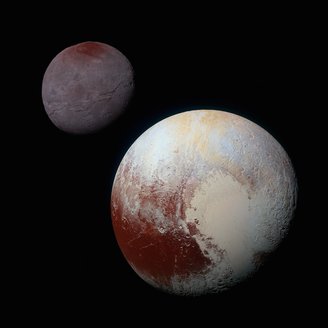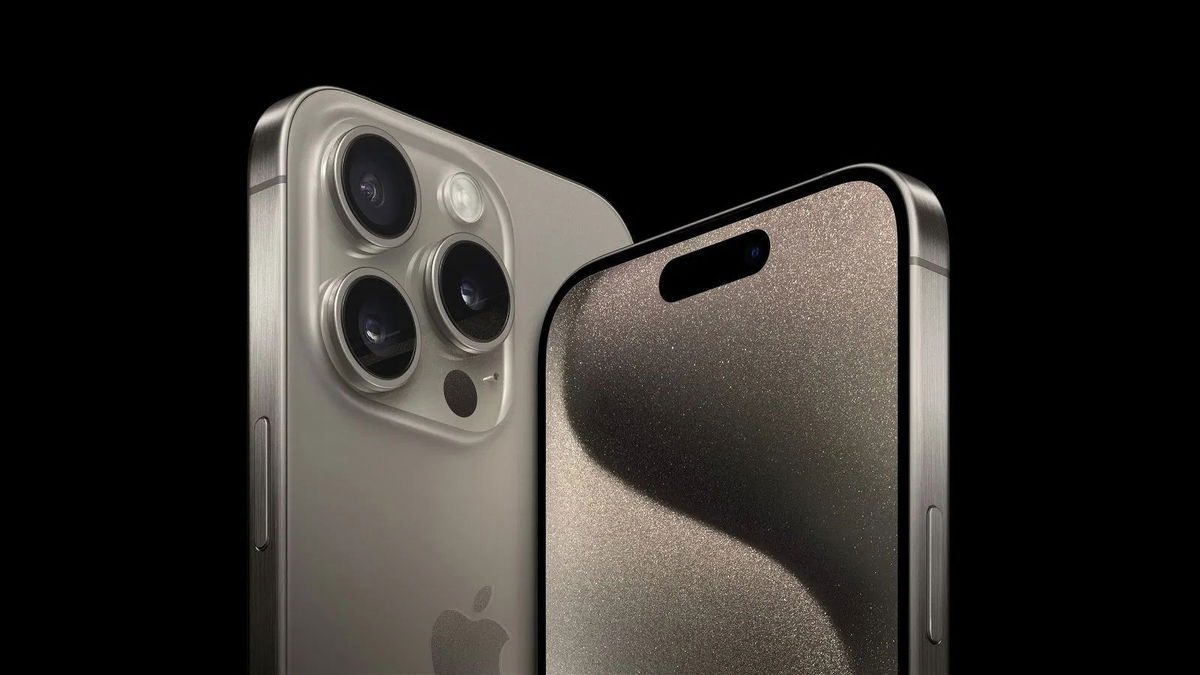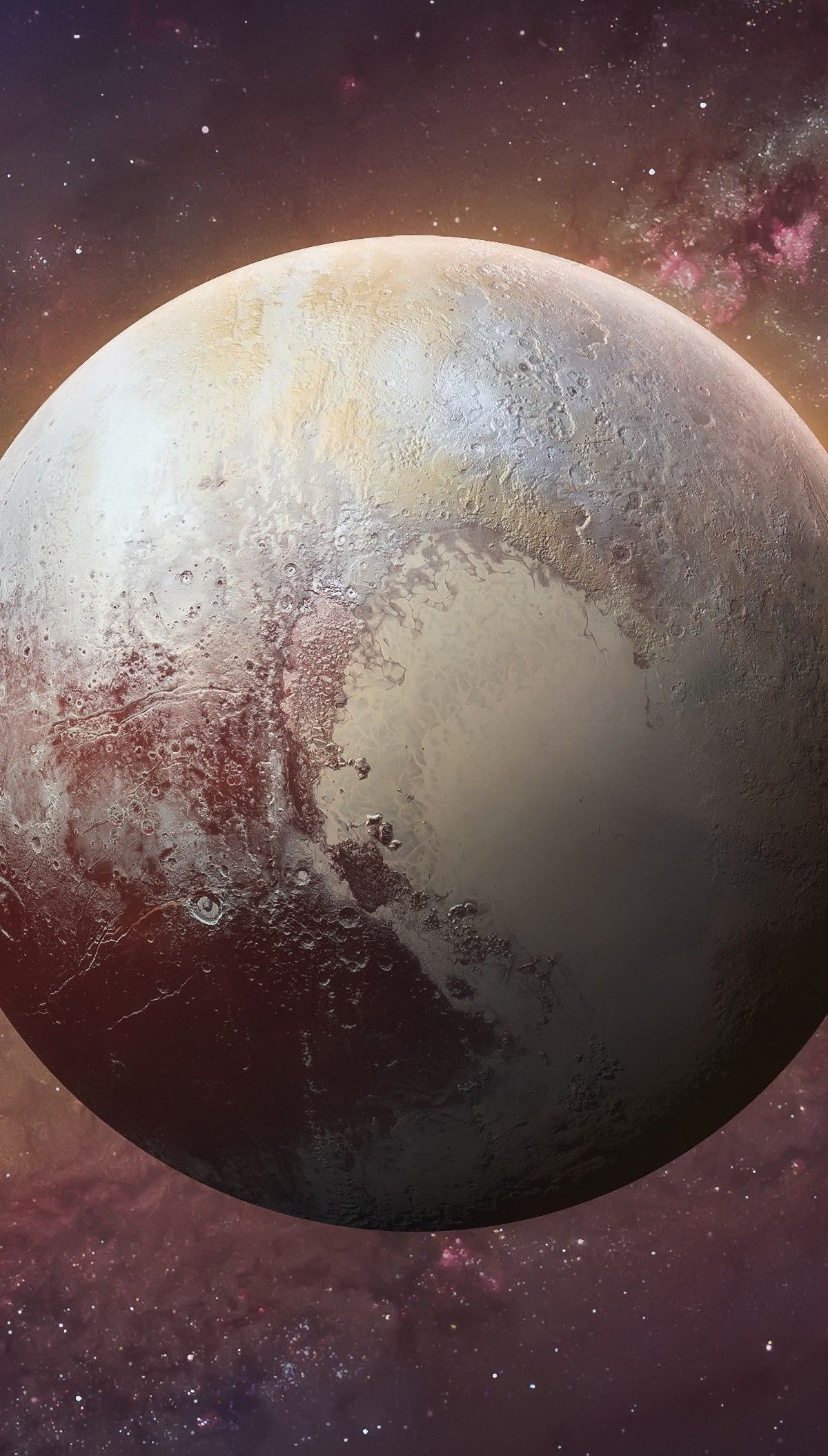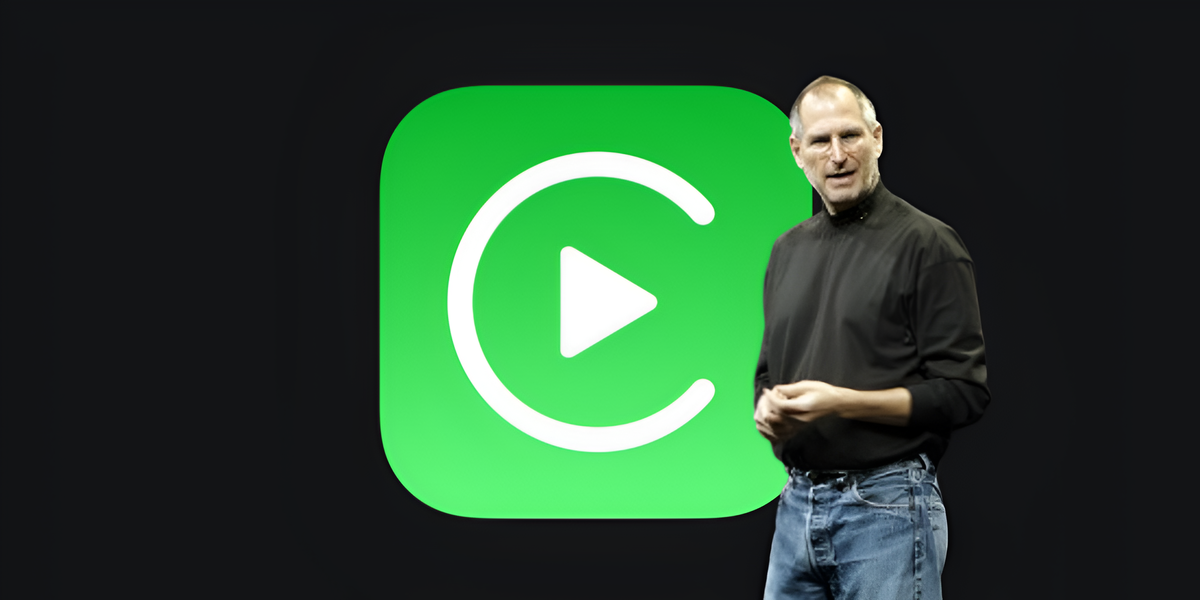As the dwarf planet begins preparations for a new year on Earth, we will have to wait a little longer for New Year’s celebrations. After all, unlike the 365 days our planet takes to complete its orbit around the Sun, Pluto celebrates its new year every 248 Earth years.
Pluto, the ancient ninth planet in the solar system, will have its first “New Year’s Eve” since its discovery in 1930 on Monday, March 23, 2178, perhaps with fewer fireworks and toasts.
Considered today the most famous member of the group of five dwarf planets in the Solar System (which includes Eris, Ceres, Makemake, and Haumea), Pluto was already considered a regular planet until 2006, when the International Astronomical Union (IAU) announced its reclassification . to its current situation.
discovery of Pluto
The first clues to Pluto’s existence emerged in the 19th century, when astronomers noticed that Uranus was moving in a different way than predicted by Newton’s theory of gravity. Even after astronomer and mathematician Urbain Le Verrier predicted the precise position of a new planet (it was Neptune) in 1846, unexplained movements continued.
In 1905, American astronomer Percival Lowell suggested that there was another unknown planet and made predictions about its orbit. Following these clues, another American astronomer, Clyde Tombaugh, analyzed some regions of the sky with the telescope at the Lowell Observatory in Flagstaff, Arizona. and discovered Pluto on February 18, 1930.
The discovery involved a revolutionary optical device called the “wink comparator”, which replaced two photographic plates of the same region of the sky taken on different days. With great patience and care, Tombaugh noticed that, unlike the stars that remained stationary, an object was moving between January 23 and 29: It was Pluto.
Why did Pluto stop being a planet?
It was named after the god of the underworld in Greco-Roman mythology, at the request of an 11-year-old girl named Venetia Burney Phair. Pluto was quickly confirmed to be the ninth planet in the Solar System. The classification, which lasted 76 years, was present in all textbooks until 2006..
That year, during the 26th IAU General Assembly in Prague, Czech Republic, three criteria were established to define what a planet was: orbiting the Sun, having enough mass to assume a spherical shape, and “clearing the neighborhood” of its orbit. that is, the sun absorbs or deflects other small objects in its orbit and In this respect, Pluto did not pass.
Specifically, it was not a gravitationally dominant object sufficient to clear its orbit in the Kuiper Belt region. The reason for this is clear: This region beyond Neptune’s orbit is full of many Pluto-like objects, so although it meets the IAU’s first two criteria, it is only one of thousands of trans-Neptunian objects.
Pluto’s daily life orbiting the Sun

Revolving around the Sun for a long period of time, Pluto’s days are slightly longer than Earth’s, lasting 153 Earth hours, or 6.4 days, as the dwarf planet rotates slowly around its axis. This is because Charon, the largest of the planet and its five moons, is always in synchronized rotation. Always show the same face to each other, in a unique gravitational interaction.
Pluto days are not completely dark, but they are naturally much darker than those on Earth, as the Sun only appears on the dwarf planet as a tiny point of light about 30 times the size of what we see here.
But as Pluto advances in its orbit and approaches the Sun, solar energy causes some of its icy surface to sublimate, releasing gases that form a thin, temporary atmosphere.
Did you like the content? Stay up to date with more astronomical curiosities like this on TecMundo and take the opportunity to discover whether Sedna is the key to solving the mystery of the Ninth Planet in the Solar System. Until later!
Source: Tec Mundo
I’m Blaine Morgan, an experienced journalist and writer with over 8 years of experience in the tech industry. My expertise lies in writing about technology news and trends, covering everything from cutting-edge gadgets to emerging software developments. I’ve written for several leading publications including Gadget Onus where I am an author.












